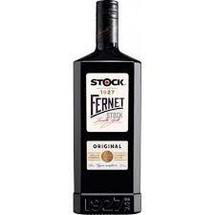 Loading... Please wait...
Loading... Please wait...
=
-
Call us on +64 21 888 295
- My Account
- Gift Certificates
- +64 21 888 295
- Home
- My Account
- Gift Certificates
- Wish Lists
- Checkout
All prices are in All prices are in NZD





















